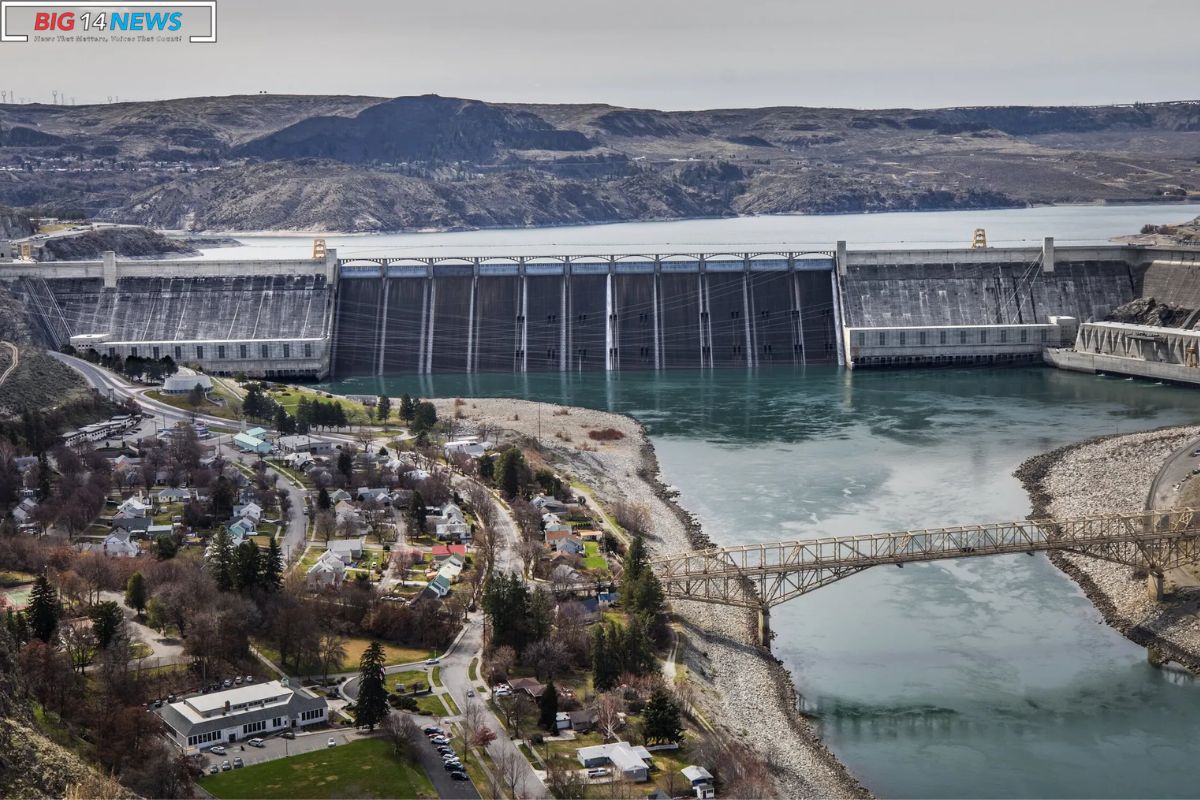Salmon Restoration Initiative: The Biden administration will provide $200 million for salmon in the Upper Columbia River Basin. This is a good step. This promise is part of a deal with groups promoting earth-saving and cultural preservation. One key aspect of this deal is a 20-year prohibition on claims. This emphasizes the need for collaboration in finding solutions.
The Colville Reservation, Coeur d’Alene Tribe, and Spokane Tribe agreed. They’re helping revive salmon with the government. The money will be distributed for 20 years. Restoring salmon and steelhead to the river is vital. It will be allocated for 20 years.
Historical context is needed. When the Grand Coulee Dam and Chief Joseph Dam were built in eastern Washington 80 years ago, it impacted salmon migration. This move greatly influenced the groups, isolating them from the fish and causing a loss of their culture.
Salmon runs in Upper Columbia benefit tribes, trade, and jobs. Dams disrupt the natural balance. The tribes restore fish runs and repair fabric.
A coalition of tribes from WA and ID, called Upper Columbia United Tribes, aims to restore fish populations. In the second part of this project, the main goal is to study extensively for the next 20 years. This study explores sourcing donor and brood salmon runs, validating theories, building temporary hatcheries and routes, and evaluating program effectiveness.
Jarred-Michael Erickson, Chairman of the Colville Reservation Tribe, stressed the project’s importance to tribal history. He mentioned the “Ceremony of Tears” at Kettle Falls in 1940, where people mourned salmon loss. With aid, there is hope for a “Ceremony of Joy” to restore salmon to their original waters.


ALSO READ: Brightline High Speed Trains: A Revolution in US Transportation
The US Bureau of Reclamation has done more. It used $8 million in government funds to study young salmon’s river departure, collect genetic samples, and create fish passage solutions. It highlights the importance of planning and scientific study in salmon restoration.
Old buildings won’t be torn down. It aims to restore salmon while preserving infrastructure. NW RiverPartners supports this. This group helps power companies, barge owners, and local businesses. They think this plan is an excellent way to give salmon an upstream habitat while protecting the area’s energy sources.
Spending $190 million to restore fish in the Upper Columbia River Basin is a big step for the environment, culture, and conservation. This collaboration method between government and groups demonstrates how links can solve problems and benefit nature and native people.

